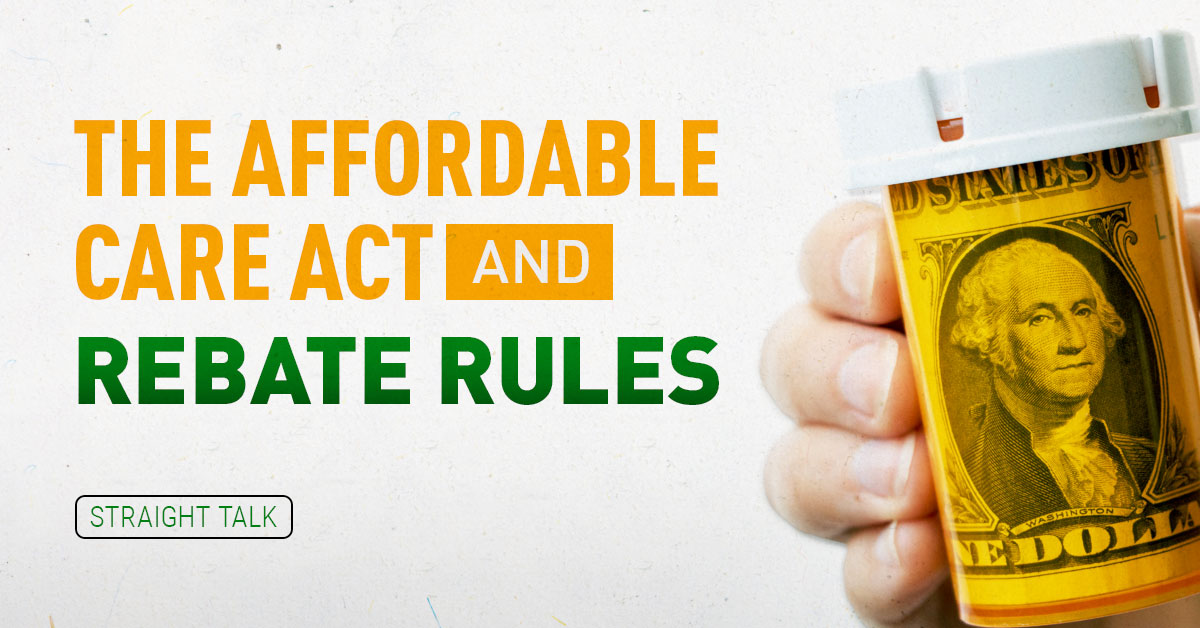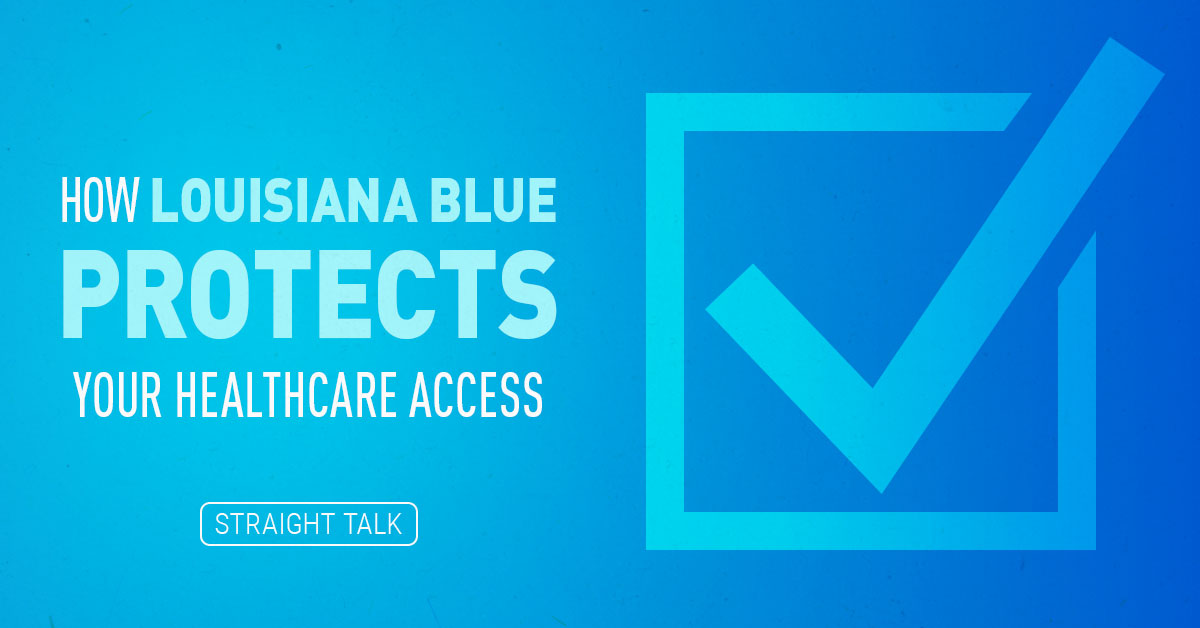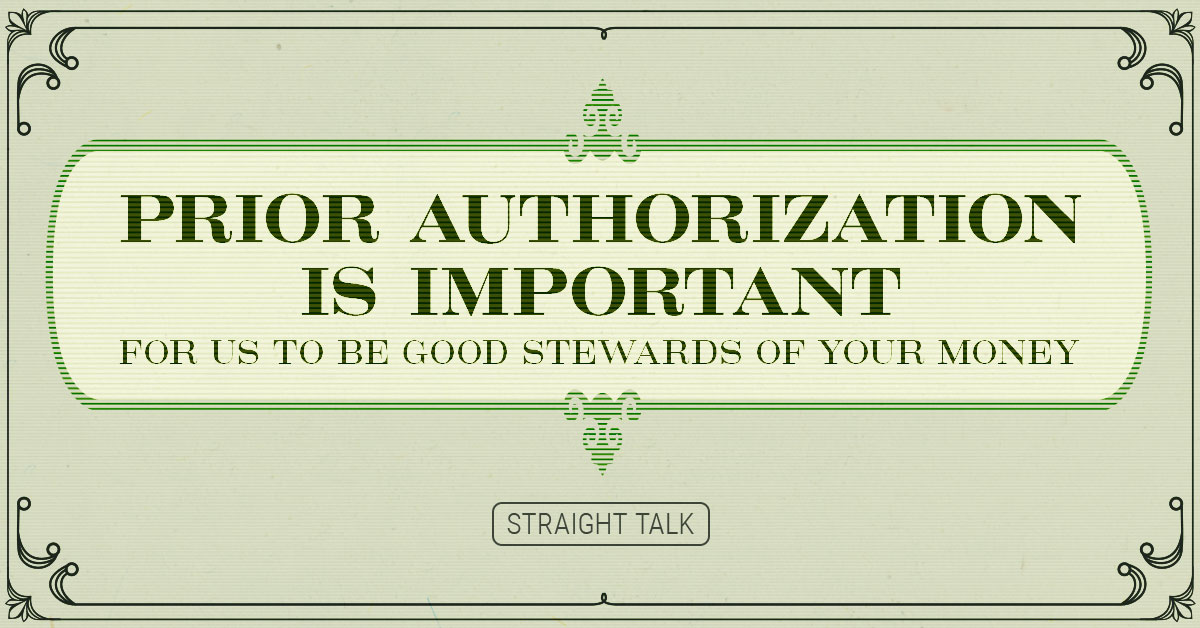In March 2010, when the Affordable Care Act became the law of the land, it put new requirements on employers and health insurance carriers. Many of those spelled out what kind of health insurance they could offer to their customers or to their employees and their dependents.
These strict coverage definitions came to be called the “Qualified Health Plan.” It is a map of coverage that the Feds modify multiple times per year. You may have noticed that your health insurance coverage, especially the cost-sharing portions, adjusts upward every year. That’s by design. All those requirements are indexed in the ACA, and the net result is more cost-sharing as medical inflation heads northward.
Another area over which the ACA dictated requirements, which are less well known, is health insurance carrier finances.
Most of Your Premium Dollars Pay for Healthcare Services
For the past decade or more, carriers like Blue Cross and Blue Shield of Louisiana have operated under rules that strictly dictate how members’ health insurance premiums may be spent. These SAME RULES apply to all carriers, no matter how big or small. It’s actually thousands of pages of federal rules, but in a nutshell:
For all our clients who are a business with 50 employees or more, we are required to guarantee that at least 85% of what they pay in premiums buys nothing but direct healthcare services or activities that directly enhance those services. In our case, that would be money Blue Cross pays directly to hospitals, doctors, pharmacies, labs, imaging services centers, physical therapists, and on and on. 85% of those members’ premium dollars have to buy medical care.
The other 15% of premium funds may be used to actually run a health insurance company. That is the money eligible for us to run the business and fund things like employees’ salaries, regional offices (we have eight so we can assist customers close to home in every region of the state), compliance costs (there’s been 120,000 pages of new rules we need to adapt our business to since 2010), technology upgrades, taxes, Healthcare.gov fees, commissions and fees to the agents, brokers, and consultants who advise our employer clients who are offering benefits to their employee groups.
We’ve been doing this a long time, but fitting in all those expenses is often a tight squeeze. The premiums for smaller companies and individual customers are handled a bit differently. There, we must guarantee that 80% of what they pay in premiums buys nothing but healthcare. And the remaining 20% can go to those expenses of running our company that I outlined above.
This setup is complicated by the fact that we often are required to set rates that stay in effect for up to 18-20 months! Predicting how much healthcare a group of people is going to use 18 months from now, and how much that care will cost, is always a challenge. We are really good at it, with nearly 90 years of experience, but even we miss by a bit almost every year.
The ACA has a remedy for that “missed it by just a little” situation.
Why Blue Cross is Sending Rebates to Eligible Customers
If Blue Cross and Blue Shield of Louisiana spends less than the 80-85% of premium payments on direct medical care, we have to issue rebates. We issue some rebates almost every year. This year, people who were members or clients in 2022 and who bought Blue Cross individual products (that’s roughly 15,000 people), will share $15.7 million in rebates. That’s because we didn’t quite hit the 80% requirement last year.
That’s good news because it means the things we put in place to help us and our members stay on top of healthcare costs worked better than we expected. We also had a much smaller miss in a class of 400 or so of our large employer groups. They will be splitting a $1.9 million rebate pool.
If you are in one of these groups and eligible for a rebate, you’ll get a letter from Blue Cross and Blue Shield of Louisiana explaining why you are getting one. You should get your rebate check within the next few weeks. If you have questions, you can call Customer Service at the number on your member ID card.
A Guarantee We Are Proud to Honor
These requirements about how much of your premium dollars we have to spend directly on healthcare services were put in place specifically to limit health insurance company profits. And these requirements apply to all carriers, regardless of size, who sell fully insured products in any market. These rules also determine how much money will be available on an annual basis for carriers like Blue Cross and Blue Shield of Louisiana to operate our business and do things like process your claims, answer the phones in our Customer Service unit, and make sure your premiums get credited to your account in a timely fashion.
The Straight Talk is, you can rest assured when you pay your premiums that at least 80-85% of the money you pay for your coverage is buying nothing but healthcare services.
That’s a guarantee you will get from your health insurance company, and almost no one else with whom you do business today. And it’s a guarantee we are proud to honor.





Leave a Reply